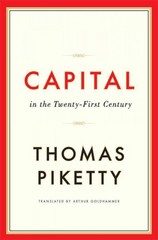Question
ECON 4721, Money & Banking Reference: Modeling Monetary Economics (2016, Fourth Edition, Cambridge University Press) by Bruce Champ, Scott Freeman and Joseph Haslag. Consider an
ECON 4721, Money & Banking
Reference: Modeling Monetary Economics (2016, Fourth Edition, Cambridge University Press) by Bruce Champ, Scott Freeman and Joseph Haslag.
Consider an overlapping generations model with agents who live for two periods --- young and old. Agents live in two distinct locations. Population size is constant in both locations. Only the young have an endowment, but agents want to consume in both periods of their lives. They can save in fiat money, capital or deposits when banks are present. Capital has a strictly larger rate of return than fiat money and also larger than one. With a positive probability, an agent has to move when they become old, which they do not know when making their saving decision. Capital cannot be transported and agents cannot write contracts based on their capital. Does the Planner's problem exhibits any interesting properties? If so, what? With a competitive banking sector in the economy, can the central bank choose such a monetary policy that this interesting property is satisfied in equilibrium in the decentralized economy? What does this imply for inflation? How does it affect seigniorage revenue?
Step by Step Solution
There are 3 Steps involved in it
Step: 1

Get Instant Access to Expert-Tailored Solutions
See step-by-step solutions with expert insights and AI powered tools for academic success
Step: 2

Step: 3

Ace Your Homework with AI
Get the answers you need in no time with our AI-driven, step-by-step assistance
Get Started


